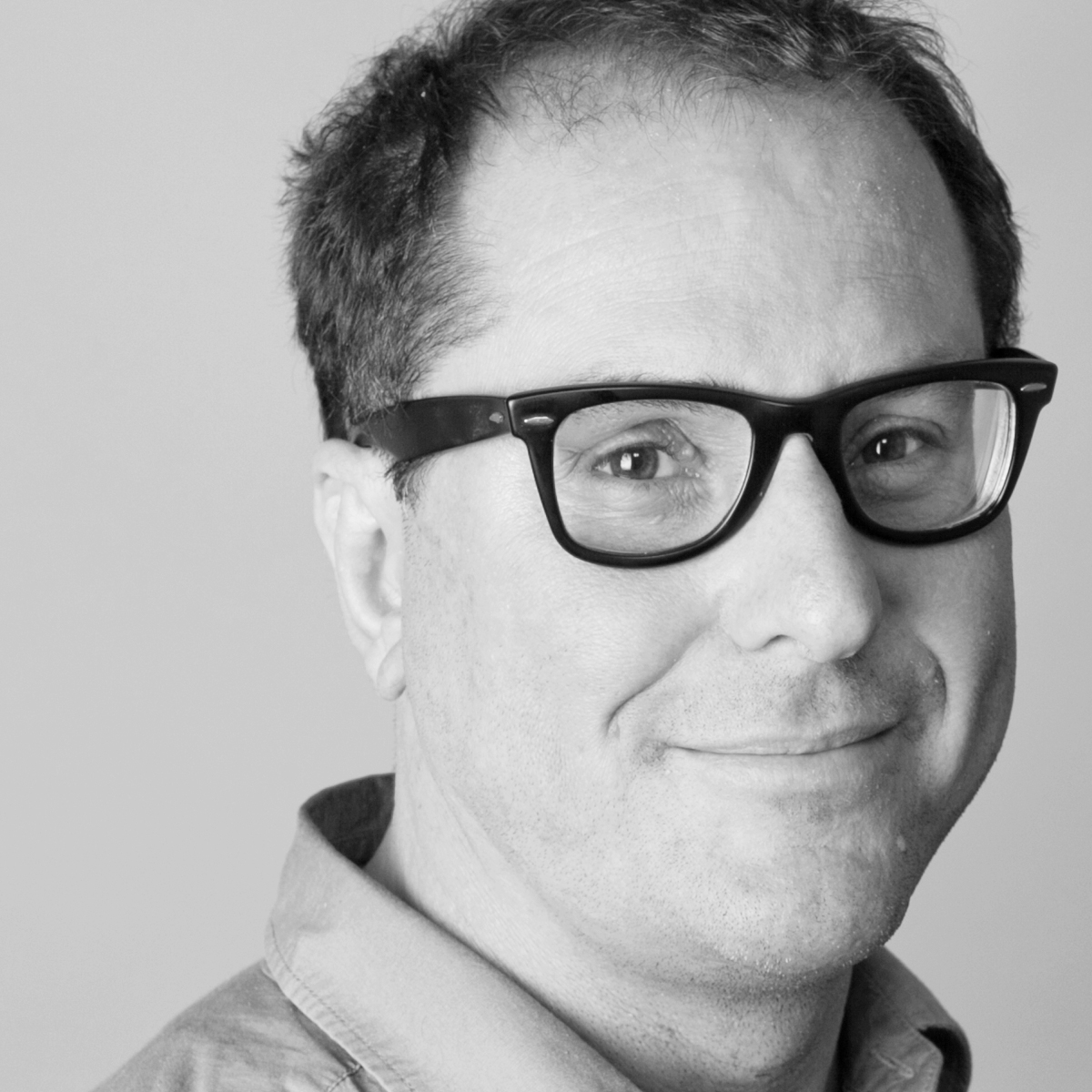 Mike Kuniavsky, a designer and researcher at PARC, explores how researchers are helping to shape the future of design.
Mike Kuniavsky, a designer and researcher at PARC, explores how researchers are helping to shape the future of design.
Historically, design has always been a challenging term to define with any accuracy, its meaning left almost intentionally ambiguous. Henry Dreyfuss, one of the founders of modern industrial design, stated in 1955 that the term ‘leaves much to be desired’. As design is culturally-defined by people with a self-interest in either aligning themselves with it or distancing themselves from it, the definition has shifted over time and across geographies in the last half-century.
In the middle of the 20th century, design was seen as the application of engineering to problems. Thus, mechanical engineering was design, structural engineering was design and electronics engineering was design. Long seen as equivalent to engineering, this is why magazines with titles like Design Engineer are still in circulation. Such magazines focus primarily on mechanical engineers, but the practitioners define themselves as part of the design continuum.

At some point in the last quarter century, the definition of design, at least in Silicon Valley, has shifted to implicitly refer to only the visible aspects of a product such as the interface, the appearance and the brand. Design has moved to a focus on the surface and any designer working on other aspects must be given another title, whether it be creative coder or front-end engineer. However, if we look at the goals of traditional design engineers and how we define user experience today, there’s significant overlap. As Herbert Simon famously wrote in the late 60s:
“Everyone designs who devises courses of action aimed at changing existing situations into preferred ones.”
Simon’s definition encompasses both engineering and what we would now call user experience design and architecture. At PARC we focus on the process of design, so we look to the work of Simon and others such as Margaret Mead and John Chris Jones, who proposed that, ‘designers have to work backwards in time from an assumed effect upon the world to the beginning of a chain of events that will bring the effect about’ (Jones, 1970). They saw design not simply as a superficial process of making novel products more palatable through visual styling and better ergonomics, but a way to envision more positive futures. By working backwards in time from this assumed effect on the world, the designer takes where we are right now to conceptualise, visualise and ultimately design a better society and world.
We also take our cues from 20th century cybernetics, which looked at the world as a set of feedback processes in human and technological systems, which interact repeatedly and non-obviously to shape each other. As Simon and Jones suggest, the designer looks forward into the future and then works backwards to create a loop, in which they can create that design in the future. This puts design at an interesting counterpoint to science, as largely practiced since the beginning of the Enlightenment. The scientific method aims to define questions as clearly as possible so that empirical evidence can be gathered to identify universal truths as they exist right now. This means that most scientific practices, and the way people work in science, tend to favour descriptive precision. Whereas scientists are rewarded for finding results that are as clearly distinct from other results as possible, design, on the other hand, has a different goal. Rather than describing what exists now, how the world works today in absolute terms everywhere in the universe forever, design’s aim is to use whatever tools are available to make a future that’s relatively better for people tomorrow.
Whereas science builds the building blocks of the world, design cuts across all of the other disciplines, assembling these building blocks synthetically to create a more desirable future state. Science and design are thus complementary, the two in tandem with one another. As we believe at PARC: Science reads the world, design writes it.
Mike Kuniavsky is a user experience designer, researcher, author and twenty-year veteran of digital product development. He has worked with some of the world's top technology companies, such as Samsung, Sony, Nokia, Whirlpool, and Qualcomm, on new products, and guiding product strategy. He is the author of "Observing the User Experience: A Practitioner's Guide to User Research" and "Smart Things: Ubiquitous Computing User Experience Design" both of which are used as standard university textbooks.




Red Bull makes hydrogen fuel cell play with AVL
Formula 1 is an anachronistic anomaly where its only cutting edge is in engine development. The rules prohibit any real innovation and there would be...